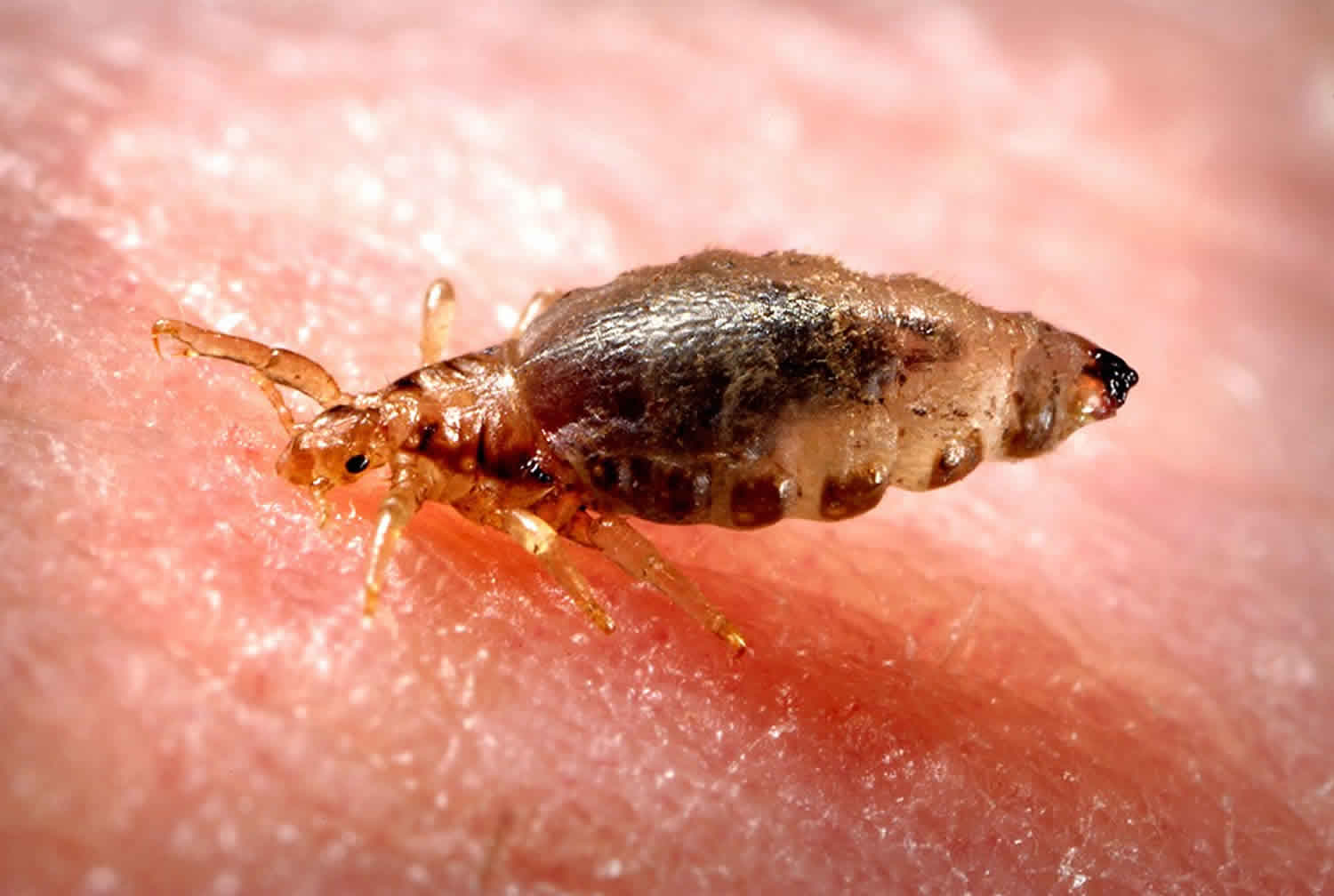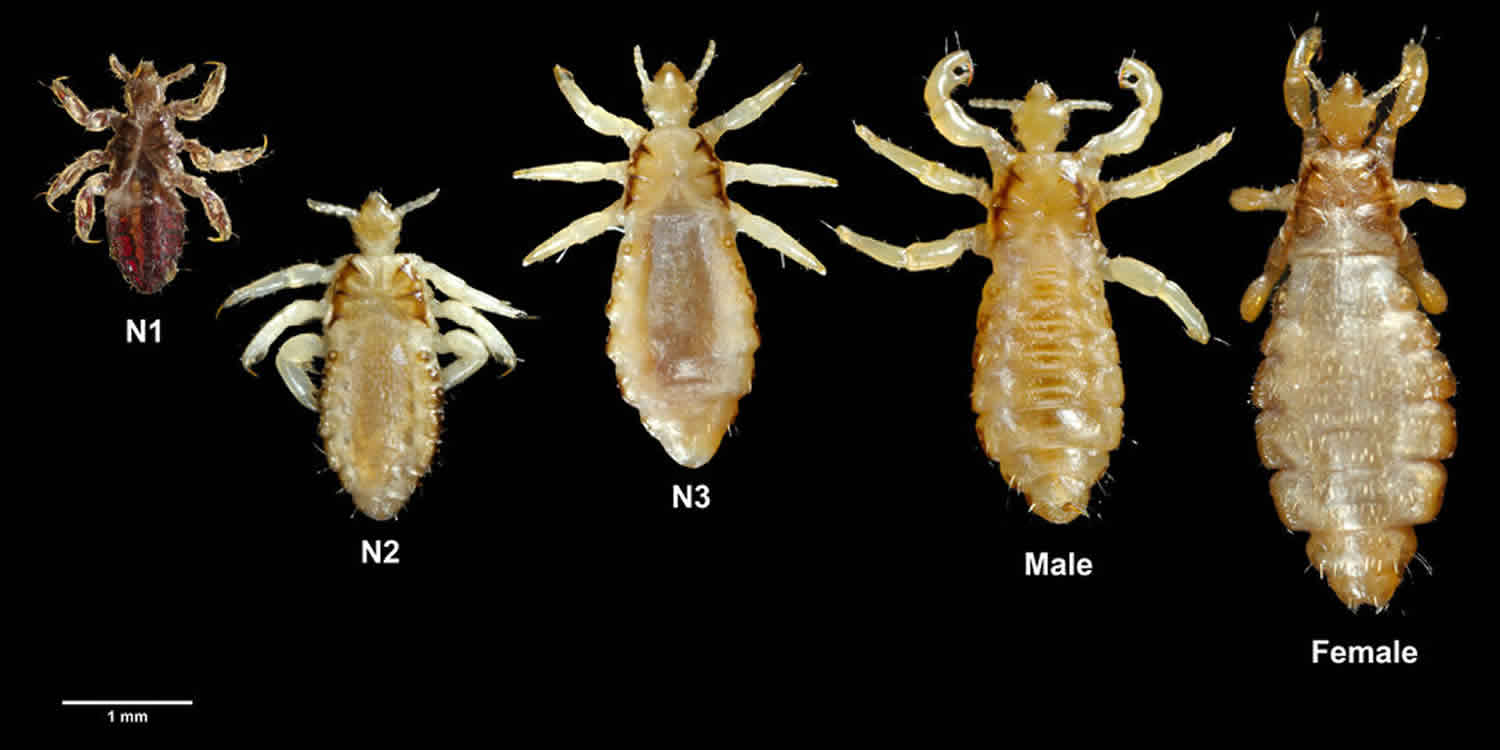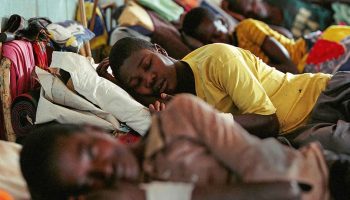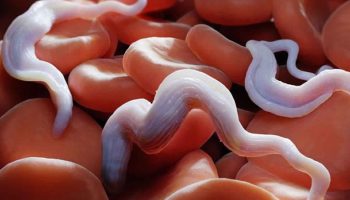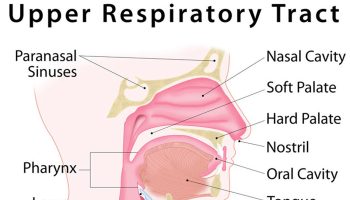Contents
Trench fever
Trench fever also known as the five-day fever, is a clinical syndrome caused by infection with Bartonella quintana; the condition was first described during World War 1 1. Contemporary Bartonella quintana disease, commonly referred to as urban trench fever, is typically found in homeless, alcoholic, and poor populations 2. The human body louse Pediculus humanus var corporis is the major vector involved in trench fever transmission 3. Epidemic and sporadic outbreaks of trench fever have been reported since the early 20 century in several countries across the globe with the largest epidemics reported during World War 1 and World War 2.
Figure 1. Human body louse Pediculus humanus var corporis
Trench fever cause
Trench fever is caused by infection with Bartonella quintana the scientific name for the Trench Fever rickettsia 4. The human body louse Pediculus humanus var corporis is the major vector involved in trench fever transmission 3.
Trench fever prevention
Bartonella quintana infection can be prevented via avoidance or rapid treatment of lice infestations, as follows 5:
- Providing facilities for bathing
- Providing facilities for laundry
- Insecticide application to or frequent boiling of bedding in shelters
- Ivermectin treatment for lice infestation
- Prompt diagnosis and treatment of Bartonella quintana infection to decrease the reservoir for this pathogen
Trench fever symptoms
Trench fever caused by Bartonella quintana presents with clinical features of malaise, fever, headache, bone pain and splenomegaly 6. The pattern of fever that occurs in trench fever is highly variable and ranges from a single episode to persistent fever lasting for several days 7.
Classic symptoms of trench fever include the following:
- Clinical incubation period of 3-48 days
- Acute-onset fever in any of 3 distinct patterns, all of which are often associated with chills and diaphoresis: Abortive, relapsing (the most common pattern), or continuous
- Acute-onset frontal or retro-orbital headache, often associated with a stiff neck and photophobia
- Neuropsychiatric symptoms, such as weakness, depression, restlessness, and insomnia
- Conjunctivitis
- Dyspnea (shortness of breath)
- Diffuse abdominal pain, often associated with anorexia, nausea, vomiting, weight loss, diarrhea, and constipation
- Bone pain, particularly involving the shins; loin pain
- Erythematous, macular rash
Urban trench fever typically includes 1 or more of these symptoms, but the presentation tends to be more variable.
Three additional syndromes are associated with Bartonella quintana infection, as follows:
- Chronic lymphadenopathy – Enlarged cervical lymph nodes, without fever or other associated symptoms
- Bacillary angiomatosis – characteristic skin lesions, with or without regional lymphadenopathy
- Bartonella quintana endocarditis – Fever, new murmur, and heart failure; embolic phenomena
Characteristics of classic trench fever were fairly consistent, as follows:
- Fever up to 104°F (40 °C)
- Toxic initial appearance associated with prostration
- Characteristic blanching, erythematous, macular rash
- Conjunctivitis at the onset of illness
- Paroxysmal tachycardia, paralleling the fever and exacerbated with exercise
- Splenomegaly in more prolonged courses
- Bone and muscle tenderness
- Loss of Achilles reflex
- Associated lice infestation
Physical findings of urban trench fever are more variable, but tend to include the following:
- Presence of rash, fever, conjunctivitis, bone tenderness, splenomegaly, and neuropsychiatric signs vary, and the characteristic signs are generally less prevalent than in the classic cases
- Nonspecific findings such as weight loss and weakness
Common findings in associated syndromes of urban trench fever are as follows:
- Chronic lymphadenopathy – Lymphatic involvement of the cervical and mediastinal lymph nodes; afebrile and otherwise asymptomatic
- Bacillary angiomatosis (immunocompetent) – Presence of one or more papules that progress to nodules that may be localized or disseminated; associated regional adenopathy; afebrile
- Bacillary angiomatosis (immunocompromised) – Lesions are generally more widespread and are more likely to involve visceral organs than in the immunocompetent patient
- Bartonella quintana endocarditis – Fever and murmur; typically involves the left-sided heart valves; embolic events; possible heart failure
Many patients with microbiologic or serologic evidence of Bartonella quintana infection are asymptomatic.
Trench fever diagnosis
Bartonella quintana infection is difficult to diagnose in the laboratory. Therefore, the microbiology laboratory must be consulted to maximize the diagnostic yield.
The following studies may be useful:
- Blood cultures: Blood cultures have poor sensitivity for detecting Bartonella quintana.
- Immunofluorescent assays (IFAs) for immunoglobulin M (IgM) and immunoglobulin G (IgG) antibody levels for both Bartonella quintana and Bartonella henselae. Serologic testing is positive for antibodies (IgG titers >1/50) to Bartonella quintana in many patients with trench fever, urban trench fever, Bartonella bacteremia, or angioproliferative disease. Such testing is helpful for diagnosis and seroprevalence studies 8. The highest levels of antibodies are found in patients with Bartonella endocarditis (IgG titers >1/800) 9. Patients with chronic Bartonella bacteremia have low or absent antibody levels.
- Enzyme immunoassay (EIA) and enzyme-linked immunosorbent assay (ELISA)
- Polymerase chain reaction (PCR)–based genomic assays and histochemical stains for direct detection of Bartonella DNA in both tissue and blood
- Biopsy of skin, lymph node, cardiac valve, or other tissue. Surgical biopsy may be used when necessary to establish a definitive diagnosis of Bartonella quintana endocarditis, lymphadenitis, or bacillary angiomatosis. Biopsy of skin lesions in patients with Bartonella infection shows perivascular lymphocytic infiltrates with some inflammatory cells. Bartonella organisms can be detected in the interstitial tissues. Lesions may also involve liver, spleen, bone marrow, and lymphatic tissues 10.
Trench fever treatment
Initial management of severe Bartonella infections, including trench fever and urban trench fever, may require inpatient management. Generally, the consolidation phase of treatment can be provided on an outpatient basis. An infectious disease specialist may be consulted for help with diagnosis and treatment. A microbiology laboratory may be consulted for help with blood and tissue specimen handling to ensure optimal culture, serologic, and PCR-genomic testing.
No well-designed, double-blinded, controlled trials have documented the best antibiotic regimen for Bartonella quintana infection and its associated syndromes (including trench fever) in immunocompetent patients. Most therapeutic recommendations are based on anecdotal clinical experience.
Pregnancy affects the appropriate choice of antibiotics for treatment. Teratogenic and congenital effects of maternal infection are unknown, as is the impact on pregnancy.
- Uncomplicated trench fever can be treated with oral Doxycycline at 200 mg once daily for 4 weeks and intravenous gentamicin 3 mg per kg body weight per day for 2 weeks 11.
- Chronic Bartonella quintana bacteremia – Doxycycline 100 mg oral twice daily for 28 days and gentamicin 3 mg per kg body weight per day IV for 14 days 12; in some cases, longer therapy (up to 4 years) may be required 13; serial cultures demonstrating eradication of the bacteremia are pivotal in determining duration of therapy.
- Chronic lymphadenopathy – Erythromycin 500 mg oral 4 times daily for 3 months (first-line therapy) or doxycycline 100 mg oral twice daily for 3 months (alternative) 12; in difficult cases, gentamicin 3 mg per kg body weight per day IV for 14 days can be added.
- Bacillary angiomatosis – Erythromycin 500 mg PO 4 times daily for 3 months (first-line therapy) or doxycycline 100 mg PO twice daily for 3 months (alternative) 12; in refractory cases, gentamicin 3 mg/kg/day IV for 14 days can be added [9] ; fluoroquinolones and ceftriaxone may also be considered
- Bartonella quintana endocarditis – Doxycycline 100 mg oral twice daily for 6 weeks plus gentamicin 3 mg per kg body weight per day IV for 14 days 12; if culture results are negative, ceftriaxone should be added; however, a recent meta-analysis did not find this superior to other combinations 14; most patients require valvular heart surgery 15.
Trench fever prognosis
In most healthy hosts, Bartonella quintana infection is self-limited unless endocarditis occurs. In immunocompromised hosts, however, Bartonella quintana infection tends to be more severe and may result in death.
During World War 1, trench fever resulted in significant morbidity and prolonged disability but no recognized mortality. Contemporary descriptions of Bartonella quintana endocarditis in homeless alcoholic males have found mortality rate to be as high as 12%, with most deaths related to complications of endocarditis or to the surgery used in its treatment 15.
- Trench Fever. https://emedicine.medscape.com/article/230294-overview[↩]
- Brouqui P, Stein A, Dupont HT, Gallian P, Badiaga S, Rolain JM, Mege JL, La Scola B, Berbis P, Raoult D. Ectoparasitism and vector-borne diseases in 930 homeless people from Marseilles. Medicine (Baltimore). 2005 Jan;84(1):61-8.[↩]
- Byam W, Carroll JH, Churchill L, Dimond VE, Sorapure VE, Wilson RM, et al. Trench fever: a louse-born disease. London: Oxford University Press; 1919.[↩][↩]
- Foucault C, Brouqui P, Raoult D. Bartonella quintana characteristics and clinical management. Emerging Infect. Dis. 2006 Feb;12(2):217-23.[↩]
- Badiaga S, Raoult D, Brouqui P. Preventing and controlling emerging and reemerging transmissible diseases in the homeless. Emerg Infect Dis. 2008 Sep. 14 (9):1353-9.[↩]
- Mada PK, Zulfiqar H, Joel Chandranesan AS. Bartonellosis. [Updated 2019 Jun 9]. In: StatPearls [Internet]. Treasure Island (FL): StatPearls Publishing; 2019 Jan-. Available from: https://www.ncbi.nlm.nih.gov/books/NBK430874[↩]
- Vinson JW, Varela G, Molina-Pasquel C. Trench fever. 3. Induction of clinical disease in volunteers inoculated with Rickettsia quintana propagated on blood agar. Am. J. Trop. Med. Hyg. 1969 Sep;18(5):713-22.[↩]
- Liberto MC, Matera G, Lamberti AG, Barreca GS, Quirino A, Foca A. In vitro Bartonella quintana infection modulates the programmed cell death and inflammatory reaction of endothelial cells. Diagn Microbiol Infect Dis. Feb/2003. 45(2):107-15.[↩]
- LaScola B, Raoult D. Culture of Bartonella quintana and Bartonella henselae from human samples: a 5-year experience (1993 to 1998). J Clin Microbiol. 1999 Jun;37(6):1899-905.[↩]
- Maurin M, Raoult D. Bartonella (Rochalimaea) quintana infections. Clin Microbiol Rev. 1996 Jul. 9(3):273-92.[↩]
- Foucault C, Raoult D, Brouqui P. Randomized open trial of gentamicin and doxycycline for eradication of Bartonella quintana from blood in patients with chronic bacteremia. Antimicrob. Agents Chemother. 2003 Jul;47(7):2204-7[↩]
- Rolain JM, Broqui P, Koehler JE, Maguina C, Dolan MJ, and Raoult D. Recommendations for treatment of human infections caused by Bartonella species. Antimicrob Agents Chemo. June 2004. 48(6):1921-33.[↩][↩][↩][↩]
- Foucault C, Brouqui P, Raoult D. Bartonella quintana characteristics and clinical management. Emerg Infect Dis. Feb/2006. 12(2):217-23.[↩]
- Foucault C, Raoult D, Brouqui P. Randomized open trial of gentamicin and doxycycline for eradication of Bartonella quintana from blood in patients with chronic bacteremia. Antimicrob Agents Chemother. 2003 Jul. 47(7):2204-7.[↩]
- Raoult D, Fournier PE, Vandenesch F, Mainardi JL, Eykyn SJ, Nash J, et al. Outcome and treatment of Bartonella endocarditis. Arch Intern Med. 2003 Jan 27. 163(2):226-30.[↩][↩]
